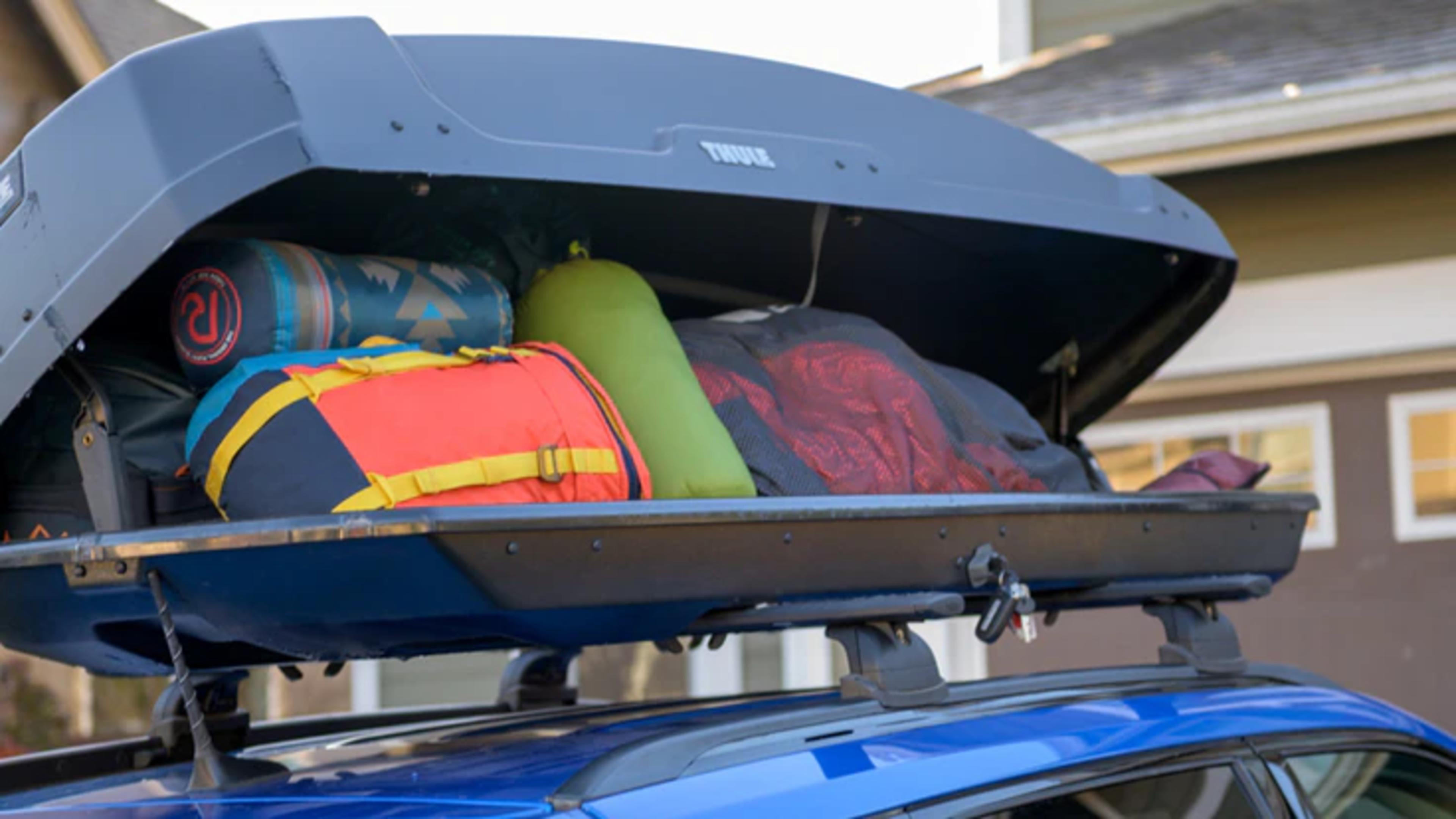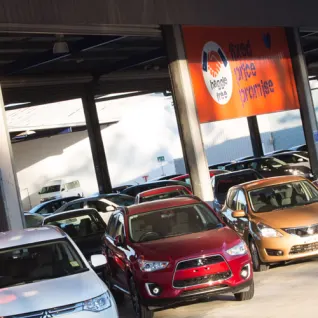
Understanding Roof Load Capacity
Posted in Bigbox Motoring Advice
Published Wed May 15 2024
Understanding Roof Load Capacity
As a car owner, there are many aspects of your vehicle's capabilities that you need to be aware of to ensure safety and optimal performance. One crucial yet often overlooked aspect is the roof load capacity. This guide will explain what roof load capacity is, why it's important and when you would need to consider your car’s roof load capacity.
What is Roof Load Capacity?
Roof load capacity refers to the maximum weight that your vehicle’s roof can safely support. This includes any items you place on the roof, such as roof boxes, bicycles, kayaks, or even just extra luggage. It’s essential to know this limit to avoid damaging your car or compromising its safety on the road.

Why is Roof Load Capacity Important?
- Safety: Exceeding the roof load capacity can affect your car’s handling and stability, increasing the risk of accidents. An overloaded roof can also lead to roof collapse in extreme cases.
- Vehicle Performance: Extra weight on the roof changes the vehicle’s center of gravity, making it top-heavy. This can negatively impact steering, braking, and overall driving dynamics.
- Legal Compliance: Many regions have laws regarding the maximum allowable roof load. Exceeding these limits can result in fines or other penalties.
- Preservation of Vehicle Integrity: Constantly exceeding the roof load capacity can cause long-term damage to your vehicle’s structure and roof rails.
Dynamic vs. Static Roof Load Capacity
Understanding the difference between dynamic and static roof load capacity is crucial for safe loading.
- Dynamic Roof Load Capacity: This is the maximum weight your car’s roof can safely carry while the vehicle is in motion. It takes into account the forces exerted during driving, such as acceleration, braking, and cornering.
- Static Roof Load Capacity: This refers to the maximum weight your car’s roof can support while stationary. This is typically higher than the dynamic capacity and is relevant when loading or unloading the roof, or if using the roof for stationary purposes, such as a roof-top tent.

When to Consider Roof Load Capacity
You need to consider roof load capacity in several circumstances:
- Planning a Road Trip: If you plan to carry extra luggage, a roof box, or sports equipment, you’ll need to check the roof load capacity.
- Outdoor Activities: For activities like cycling, kayaking, or camping, where you might use roof racks or carriers, knowing your roof load capacity is vital.
- Moving House: Transporting large items like furniture may involve roof transportation, necessitating awareness of the load limits.
- General Safety Checks: Regularly ensuring that any roof load remains within safe limits is a good practice for all car owners.

How to Find Out Your Car’s Roof Load Capacity
- Owner’s Manual: The most reliable source is your vehicle’s owner’s manual. It provides specific details about your car’s roof load limits.
- Manufacturer’s Website: If you’ve misplaced the manual, most car manufacturers provide this information on their official websites.
- Dealership: Contacting your car dealership can also help. Sales or service departments usually have access to detailed vehicle specifications.
- Vehicle’s Roof Rail or Door Jamb: Some cars have labels indicating load capacities on the roof rails or inside the door jamb.
Practical Tips for Managing Roof Load
- Distribute Weight Evenly: Ensure that the weight on the roof is evenly distributed to maintain balance and stability.
- Use Proper Equipment: Use high-quality roof racks, boxes, and securing straps to safely carry items.
- Regular Checks: Periodically check that roof loads are secure and within the allowable limits, especially on long trips.
- Consider Aerodynamics: Bulky items can affect fuel efficiency due to increased wind resistance. Pack items in an aerodynamic way whenever possible.
Conclusion
Understanding and adhering to your vehicle’s roof load capacity is essential for maintaining safety, performance, and legal compliance. By knowing the dynamic and static load capacities and checking these details before loading your roof, you can avoid potential hazards and enjoy a safer driving experience. Always refer to your vehicle’s manual or consult with your dealership to get accurate information about your car’s roof load limits. Safe travels!

Choose.Buy.Enjoy
A better way to buy and sell used cars.





